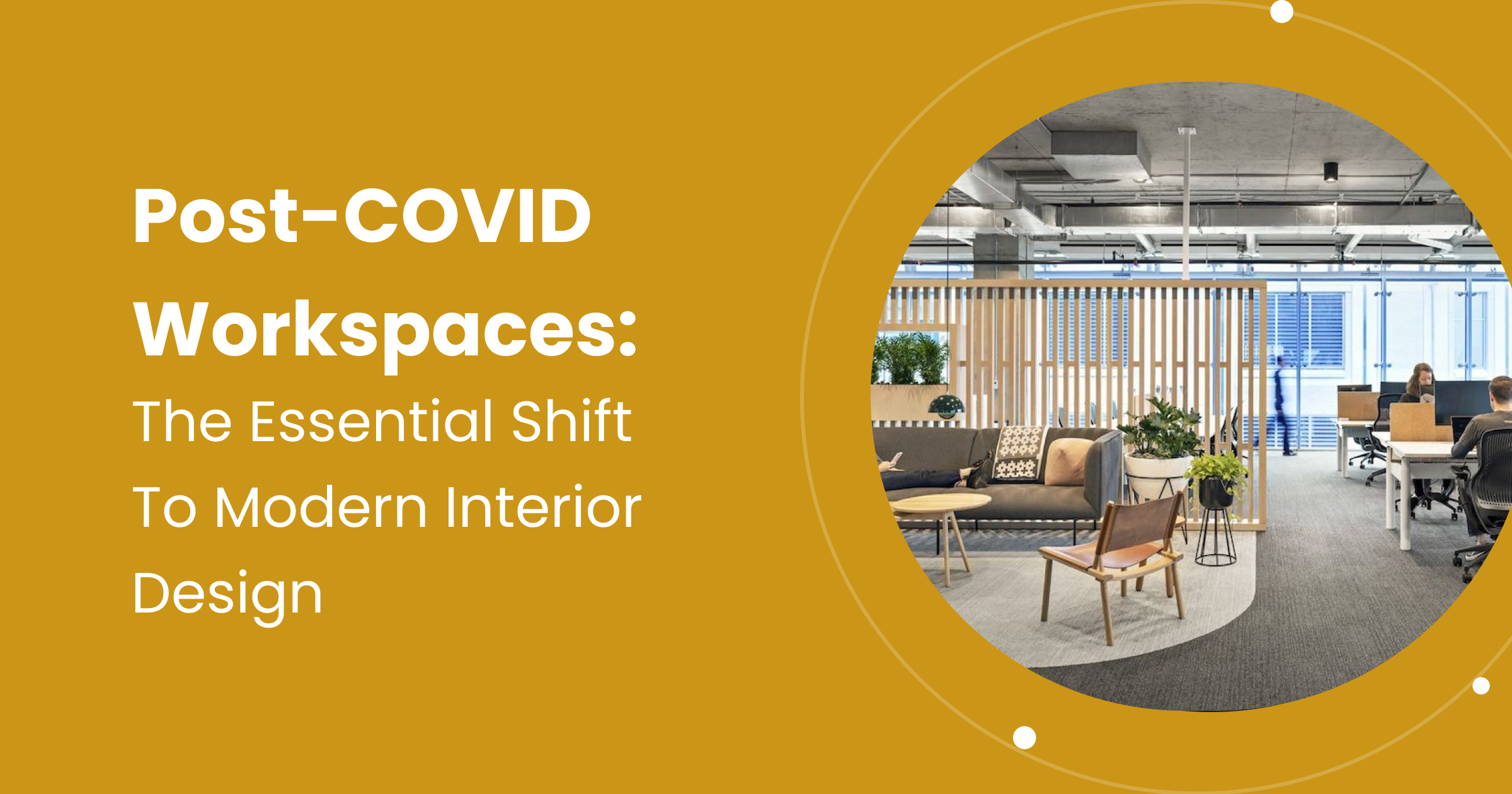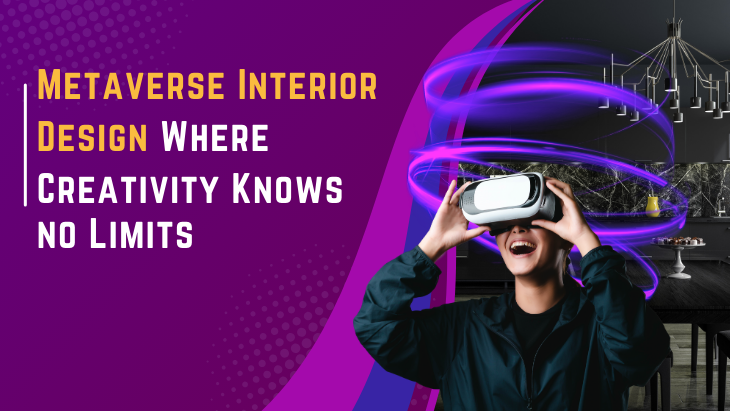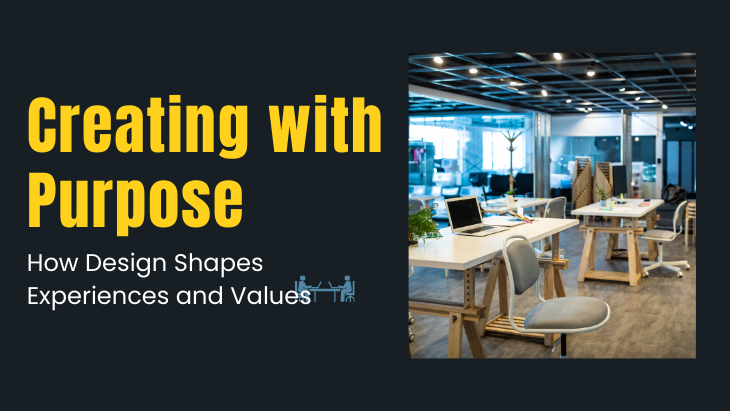In the wake of the global pandemic, our approach to work has transformed, shedding light on the limitations of conventional office setups. Remote work challenges and the rise of hybrid models have spurred a crucial need for adaptable workspaces. This blog explores the transformative impact of COVID-19 on workspaces and delves into the pivotal role of modern interior design. From fostering employee well-being to embracing technology and cost-effective strategies, we navigate the evolution of work environments. Join us on a journey through the changing landscape of workspaces, overcoming challenges, and envisioning a future where businesses thrive in post-COVID, modernized settings.
The Impact of COVID-19 on Workspaces
The COVID-19 pandemic has significantly changed the landscape of workspaces across the globe. To comply with social distancing protocols and reduce the risk of virus spread, traditional office layouts have been largely transformed. Companies have adopted remote work policies, enabling employees to work from the comfort of their homes. This shift has necessitated the use of virtual communication tools and collaboration platforms to ensure smooth workflow and connectivity among team members.
Additionally, the pandemic has accelerated the adoption of flexible work arrangements, such as coworking spaces or hot desks, to minimize the number of employees present in the office at any given time. As a result, physical workspaces have undergone various modifications, including the installation of plexiglass partitions, rearranging desks to maintain distancing, and enhanced cleaning and sanitization protocols. The emphasis on hygiene and health has become paramount with the incorporation of hand sanitizing stations and the enforcement of mask-wearing policies in shared areas.
Furthermore, the pandemic has sparked discussions on the future of work and its long-term impact on traditional workspaces. Companies are reevaluating their office layouts, considering measures like reducing the density of employees, implementing rotational shifts, or even exploring smaller satellite offices to ensure social distancing measures can be maintained. The pandemic has also highlighted the importance of creating flexible and adaptable workspaces that can cater to employees' needs, regardless of their physical location. With remote work becoming more prevalent, the role of the office has shifted from being a primary working environment to a hub for collaboration and interaction. As vaccinations become more widespread and the situation evolves, companies will need to strike a balance between facilitating remote work and creating a safe and productive office environment.
The Role of Interior Design in Post-COVID Workspaces
In the post-COVID era, interior design plays a crucial role in creating functional and safe workspaces. With the pandemic changing the way we work, offices must adapt to new norms and regulations to ensure the health and well-being of employees. One of the key aspects of post-COVID interior design is reimagining the layout of workspaces to accommodate social distancing measures. This may involve rearranging furniture, adding physical barriers between workstations, and implementing circulation patterns that minimize contact and congestion.
Additionally, interior design can address hygiene concerns by incorporating touchless technology where possible, such as automatic doors, motion-sensor lights, and voice-activated devices. This not only reduces the risk of germ transmission but also creates a more seamless and efficient work environment. In terms of aesthetics, interior design can help promote a sense of calm and comfort through the use of natural materials, soothing colors, and elements of biophilic design. These aspects can contribute to a more pleasing and stress-reducing atmosphere, ultimately enhancing employee productivity and well-being in the post-COVID workplace.
Key Elements of Modern Interior Design
Modern interior design is characterized by sleek and clean lines, minimalistic yet functional furniture, and a blend of neutral colors with bold pops of color. One key element of modern interior design is the use of open floor plans, which create a sense of spaciousness and flow between rooms. Walls are often kept simple with a fresh coat of paint in light colors like white or beige, or adorned with a single statement piece of artwork or a gallery wall.
Another important element is the focus on natural light and the integration of nature into the design. Large windows are used to let natural light flood the space, creating a bright and airy atmosphere. Indoor plants, such as succulents or trendy fiddle-leaf fig trees, are often incorporated to bring a touch of nature indoors.
Furthermore, modern interior design emphasizes functionality. Furniture is typically sleek and uncomplicated, with clean lines and a minimalist aesthetic. Multifunctional pieces, like storage ottomans or coffee tables with built-in storage, are popular to maximize space and utility. Additionally, technology integration is often incorporated, with smart home features and modern appliances seamlessly blending into the design.
Overall, modern interior design embraces simplicity, functionality, and a harmonious balance between space, light, and nature.
Technology Integration in Modern Workspaces
Technology integration in modern workspaces refers to the seamless combination of digital tools and devices with physical work settings to enhance productivity, collaboration, and efficiency. These workspaces are equipped with state-of-the-art technology that supports various tasks and activities, allowing employees to work more effectively and adapt to the fast-paced digital environment.
With technology integration, workspaces are equipped with smart devices, such as interactive whiteboards, smart projectors, and video conferencing systems, enabling effective communication and collaboration among teams regardless of their physical locations. These tools allow for real-time sharing of information, brainstorming sessions, and virtual meetings, reducing time and space constraints.
Additionally, modern workspaces often incorporate cloud-based solutions, allowing employees to access and share files across different devices, increasing flexibility and remote work capabilities.
Moreover, technology integration also includes IoT (Internet of Things) devices that automate and streamline routine tasks, such as smart lighting systems, intelligent security systems, and climate control systems. These interconnected devices make the workspace more energy-efficient, secure, and comfortable, creating a better work environment for employees.
Overall, technology integration in modern workspaces transforms traditional settings into dynamic and efficient environments where employees can leverage digital tools and devices to enhance their work processes, collaboration, and overall productivity.
Cost-Effective Strategies for Modern Interior Design
When it comes to modern interior design, there are several cost-effective strategies that can help create stunning and stylish spaces without breaking the bank. One such strategy is emphasizing minimalism and simplicity. By opting for clean lines, neutral color palettes, and fewer decorative elements, the overall cost of furnishing and accessorizing the space can be reduced. Additionally, incorporating multipurpose furniture pieces, such as storage ottomans or convertible sofa beds, can maximize functionality without requiring additional purchases.
Another cost-effective strategy is DIY projects and upcycling. Instead of buying brand new furniture or décor items, repurposing existing ones or crafting unique pieces can greatly reduce expenses. This allows for customization and personal touches while also adding character and individuality to the space. Additionally, shopping at thrift stores, flea markets, or online platforms for second-hand items can provide unique finds at affordable prices. With careful selection and a bit of creativity, cost-effective modern interior design is achievable for any budget.
Overcoming Challenges in Transitioning to Modern Workspaces
Transitioning to modern workspaces can present several challenges for businesses. One challenge is the resistance to change from employees who are accustomed to traditional office setups. In order to overcome this challenge, businesses can provide training and education on the benefits of modern workspaces, such as increased collaboration and flexibility.
Another challenge is the implementation of new technology and infrastructure needed for modern workspaces. This can be a costly and time-consuming process, requiring businesses to invest in new equipment and software. To overcome this challenge, businesses can create a detailed plan and budget for the transition and seek the assistance of experts in the field to ensure a smooth and efficient implementation. By addressing these challenges, businesses can successfully transition to modern workspaces and reap the benefits of increased productivity and employee satisfaction.
Future Trends in Post-COVID Workspaces
Post-COVID workspaces are expected to undergo significant changes as companies adapt to a new normal. One future trend is the increased implementation of remote work options. Many organizations have experienced the benefits of remote work during the pandemic and may choose to continue offering this flexibility to their employees. This could lead to a decrease in physical office space, as more workers choose to work from home or in remote locations.
Another trend is the emphasis on health and wellness into the workplace. Companies may invest in technologies such as touchless entry systems, air purifiers, and temperature scanners to ensure the health and well-being of their employees. Social distancing measures may also be implemented, with workstations spaced out and shared spaces redesigned to minimize contact.
Overall, the future of post-COVID workspaces is likely to involve a combination of remote work options and increased focus on health and safety. Companies will need to adapt to these trends to create work environments that meet the needs of their employees and prioritize their well-being.
Conclusion
In conclusion, the COVID-19 pandemic has forced businesses to reevaluate their approach to office design and seek out new ways to create safe and flexible workspaces. This shift has brought about changes such as the incorporation of remote work options, the implementation of social distancing measures, and the use of technology to enhance collaboration. While these changes may initially feel overwhelming, they present an opportunity for businesses to rethink traditional office spaces and create more adaptable, modern work environments. By embracing these changes and staying open to innovation, businesses can create spaces that prioritize employee well-being, foster creativity and collaboration, and set them up for success in the post-COVID era.
Frequently Asked Questions (FAQ's)
Q1. How does modern interior design contribute to employee well-being?
Modern interior design focuses on creating environments that prioritize comfort, health, and flexibility, positively impacting employee well-being.
Q2. What are some cost-effective strategies for implementing modern interior design?
Budget-friendly design tips, maximizing space utilization, and recognizing long-term investment benefits are key strategies for cost-effective modern interior design.
Q3. Can small businesses benefit from modern interior design practices?
Absolutely. Small businesses can adopt scalable and budget-friendly modern interior design practices to create inspiring and productive workspaces.
Q4. What role does technology play in modern workspaces?
Technology integration in modern workspaces enhances connectivity, accessibility, and overall efficiency, contributing to a more streamlined and productive work environment.
Q5. How can businesses overcome resistance to transitioning to modern workspaces?
Addressing resistance involves effective communication, employee training, and showcasing the benefits of modern workspaces to create a positive mindset shift.





Leave a reply